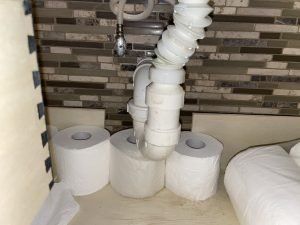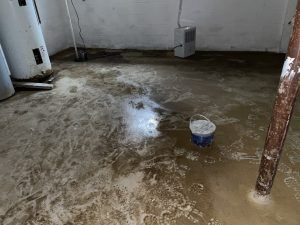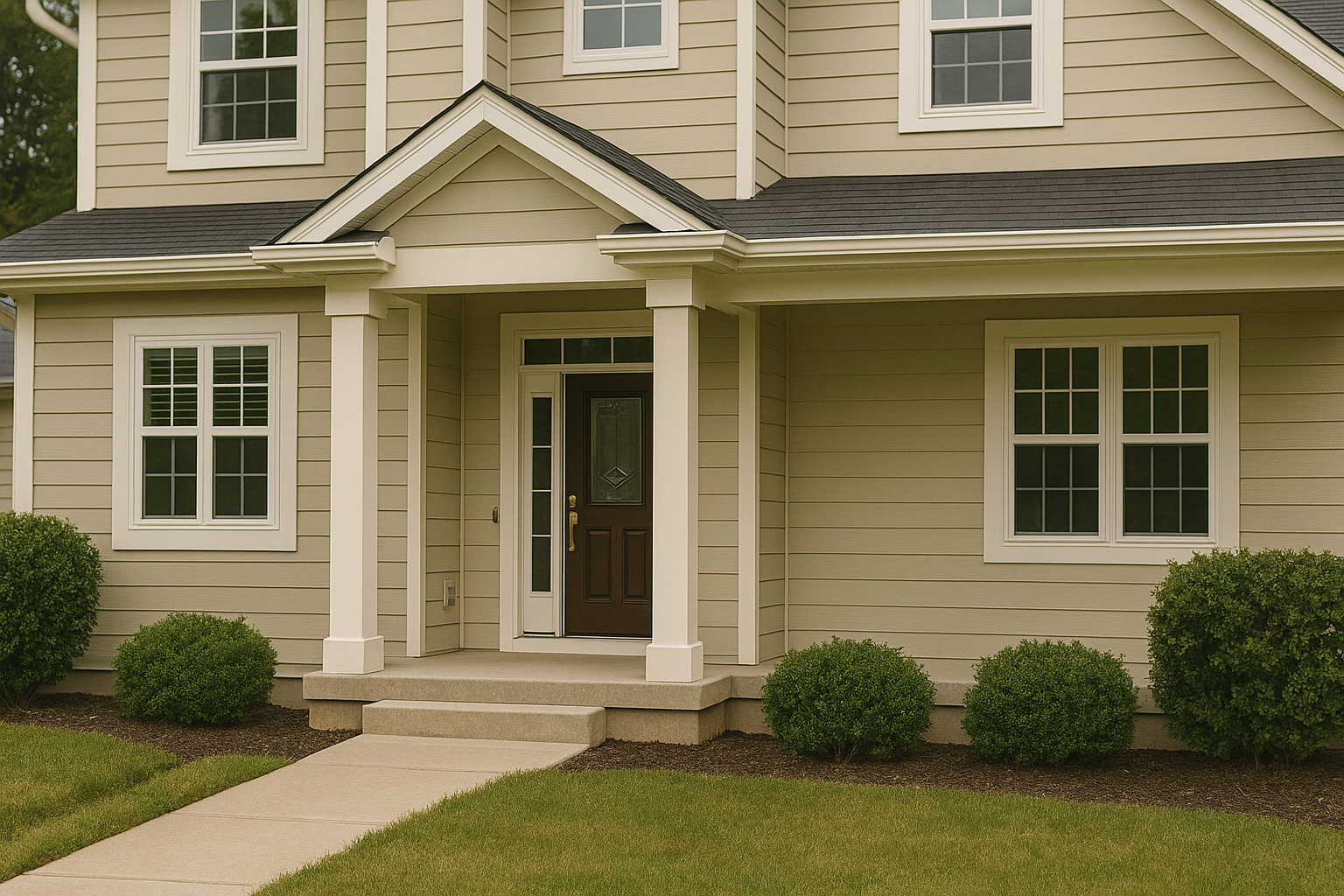Keeping Water Out of Your Home
Water is the biggest issue when it comes to damage within homes, and there are various ways it can get in. Luckily there are also things homeowners can do to either prevent it or address it quickly if it happens.

Roof Leaks
Most roof leaks are due to either torn boots (at plumbing or radon vents) or improperly installed or maintained flashing.
Stack vent boots have a rubber portion that seals around a vertical vent pipe. The rubber wears over time with UV from the sun being the common cause. It often starts as a small split alongside the pipe, and this split can allow water to readily enter the home. Homeowners should either inspect their boots, hire a roofer to check them or make a quick inspection of the attic to see if any traces of daylight are entering where the roof penetrations exist. If you see daylight, rain water can potentially enter, too. Replacing stack vent boots is easy and inexpensive for a qualified roofer.
Roof flashing is installed where there are roof penetrations, changes in roof angles or where siding/roofing materials meet in order to help prevent leakage. Stack vent boots, as discussed above, are a method of flashing as well as step, counter and kickout flashings. Roof flashing is most often metal. Once a roof covering like shingles is installed, much of the flashing is covered up. Flashing exists at chimneys, the intersections of roof and siding, etc. Along with t\he roof covering material, a qualified roofer can inspect the exposed roof flashing on a regular basis. Homeowners should look for traces of daylight in attics where roof penetrations and changes in roof angles occur. Many skylights leak due to either improper installation of the skylight or improperly installed flashing around the skylight. Roof leaks can lead to serious mold problems in attics and in living space walls and/or ceilings.
Backed up gutters due to leaves and debris can lead to leakage along the fascia and soffit. If there are large trees nearby, gutters/downspouts should be cleaned regularly. A gutter covering product is also a good idea. Trees that overhang your home should be trimmed away so they don’t drop leaves and branches that can potentially damage the roof.

Plumbing Leaks
A leak can occur any place where plumbing or plumbing fixtures exist. This includes supply or drain pipes as well as sinks, bathtubs/showers, toilets, refrigerators with a water line for a water dispenser or ice maker, etc. In my home inspection travels, I often find toilets that are loose from the floor. This can lead to hidden leakage and damage to the floor structure under the toilet. Homeowners should look under sinks, make sure that the toilets are secured to the floor and check ceilings under toilets, bathtubs/shower, etc. for water stains or mold. Sometimes it takes a good deal of water to notice a leak on a ceiling, especially if there is insulation above the ceiling. Insulation can absorb water like a sponge and keep you from seeing a visible ceiling stain/leak for a period of time.
In some cases access to the plumbing is very limited. Much of a home’s plumbing is hidden within walls or behind insulation Jetted tubs, for example, should have an access panel provided to access the tub’s motor and its plumbing. I often find no access panel at jetted tubs although they are supposed to be present in case of future maintenance, inspection, resetting a GFCI, etc. Filling the tub, running the pump and then inspecting the visual plumbing and pump is a wise move assuming an access panel does exist.

Basement/Foundation Leaks
Most wet basements are due to water entry from the exterior. Improper exterior grading, uncovered basement window wells and faulty gutters/downspouts are the most common causes. If the earth within five feet of the home’s exterior perimeter doesn’t channel water away, the water may have an easy way to enter the basement.
I recommend that basement window wells have plastic covers installed to help prevent these areas from filling with water and then leaking into the basement. Plastic covers are inexpensive and can be found at hardware stores. Larger plastic covers can also be installed over basement egress window areas.
If gutters are overflowing or improperly pitched or downspouts discharge along the foundation, water can easily enter the basement. It’s the same thing for sump pump drains that don’t discharge well away from the home. Ideally downspouts and sump pump drains should discharge at least five feet from the home . . . even further is better.
Even a normally dry basement can be damaged by water if there is a sump pit ready to overflow with water but no pump is installed . . . I do see this occasionally. Even if a sump pump is installed, if there is debris and water in the sump pit, if the pump is faulty or if there is a power outage, the pump can’t do its job. Sump pump drains should discharge well away from the home and not into the sewer line. Many cities, boroughs and townships have ordinances preventing sump pumps from discharging into the sewer. Homeowners should manually check their sump pump periodically either by manually lifting the float or pouring sufficient water into the pit to start the pump. Assuming the pump runs, go outside and check to see that the discharged water is well away from the home. A pump discharging a foot or two outside the foundation often allows the water to trickle back to the foundation and soon back into the sump pit to be pumped out again in a never-ending cycle.
I also recommend that all homes with a sump pump have a backup pump system installed, especially if the basement is finished. The most common is the battery backup type which uses a trickle charger to keep the battery ready; however, if your home has public water, a water-powered sump pump is also available. It does not require power and can still function in a power outage.
Anywhere water damage exists inside a home, mold can also occur within 48 hours which can in itself be a serious health hazard. Any water and/or mold damaged building materials such as drywall, insulation, trim, etc. should be properly replaced by a qualified contractor.
Matthew Steger, ACI, WIN Home Inspection
Facts, opinions and information expressed in the Closing Comments Blog represent the work of the author and are believed to be accurate, but are not guaranteed. The Lancaster County Association of Realtors® is not liable for any potential errors, omissions or outdated information. If errors are noted within a post, please notify the Association. Posts represent the author’s opinion and are not necessarily the opinion of the Association.













